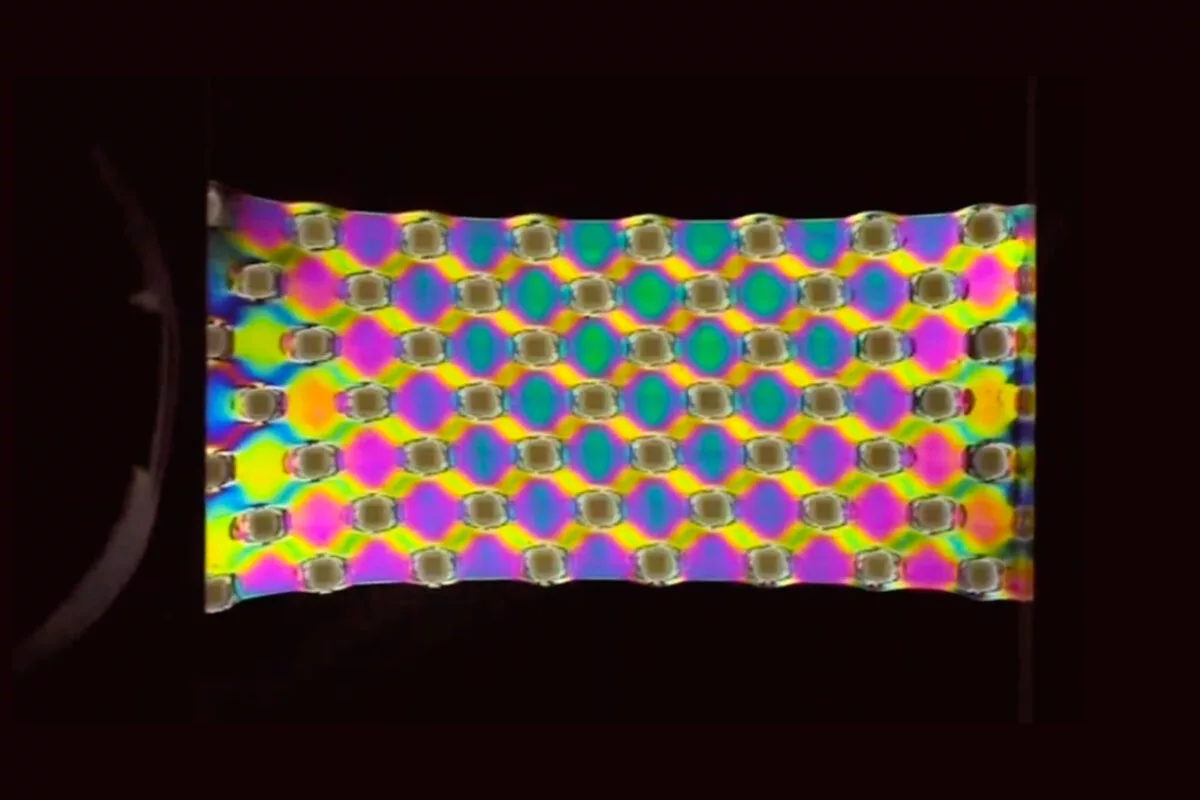Plastics can be hard, plastics can be soft, but can plastics be both at the same time? Scientists at the University of Texas at Austin have been exploring this question and produced a first-of-a-kind material that is pliable in some sections and stiff in others, which they see one day making its way into flexible electronics and robots.
In developing the novel material, the scientists drew inspiration from natural materials that can be rigid in some places and soft and stretchy in others. Skin, muscle, trees and shellfish are a few examples offered by the team, but creating synthetic versions that mix strength and flexibility is difficult. Previous approaches include blending together different materials but this has its shortcomings, with the finished product often falling apart at the seams.
The researchers are claiming a breakthrough in this branch of material science with a new type of plastic-like material. As a starting point, the chemists used monomers, small molecules that band together to form polymers. In this case, the polymers were much like those found in commonly used plastic, but with a special trick or two up their sleeve.
After testing a dozen candidates, the scientists found a catalyst that could be integrated into the monomers to make them respond to visible light, delivered with a cheap blue LED. This had the effect of creating a semicrystalline polymer with similar attributes to rubber, forming a hard and rigid material. The areas not exposed to light, meanwhile, remained soft and stretchy.
“This is the first material of its type,” said Zachariah Page, assistant professor of chemistry and corresponding author on the paper. “The ability to control crystallization, and therefore the physical properties of the material, with the application of light is potentially transformative for wearable electronics or actuators in soft robotics.”
The plastic-like material is said to be 10 times as tough as natural rubber, but with different physical properties in different regions. The scientists imagine a broad range of applications for their creation, including anchoring electronic components in wearable tech or medical devices, and improving the strength and flexibility of robots.
“We are looking forward to exploring methods of applying this chemistry towards making 3D objects containing both hard and soft components,” said first author Adrian Rylski.
The research was published in the journal Science.
Source: University of Texas at Austin



